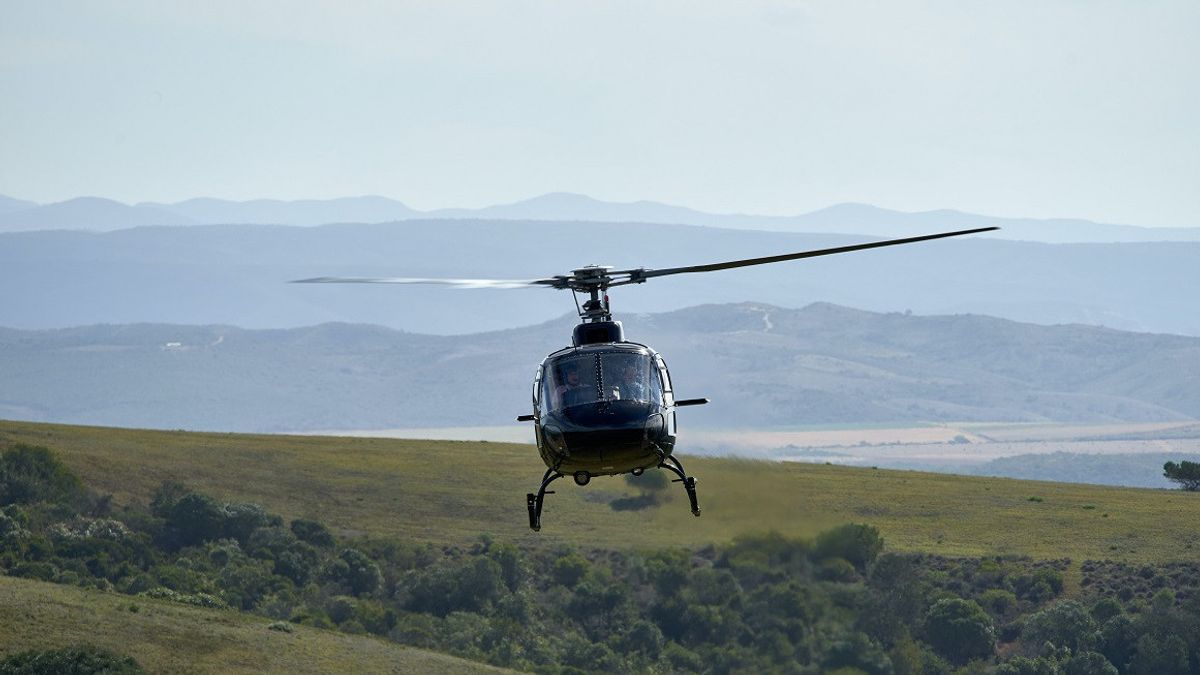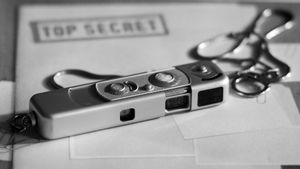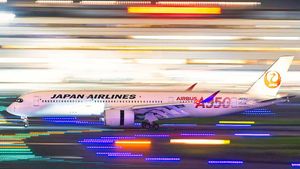JAKARTA - The National Transportation Safety Board (NTSB) on February 10, explained the causes of the helicopter crash that killed world basketball legend Kobe Bryant and seven other people in Calabasas, California, United States.
In his explanation, the NTSB said that the pilot of the Sikorsky 76B helicopter carrying Kobe had experienced spatial disorientation and lost control, thus "making bad decisions."
The NTSB data reveals that spatial disorientation is related to 184 deadly air accidents, including 20 helicopter accidents, during the period between 2010 and 2019. So, what, why and how is this dispational orientation?
In the air, the pilot's senses can fool them, and that's only because they are biological creatures.
"As humans, we have evolved to assess our existence in the world, and our orientation in the world is not just one sense, but a variety of senses," explained Jan Stepanek, a doctor who studies flight, spatial disorientation and related problems at the Mayo Clinic. in Phoenix, Arizona, "launched popsci.com.
The neurovestibular systemAccording to him, the first sense is sight. According to him, humans are creatures that rely heavily on visuals. Next, there's sematosensory, the sensory system that detects experiences called touch, the pressure that in flight can make us feel gravity pulling straight down.
However, Stepanek said the most important thing in the case of this helicopter crash is the neurovestibular system, sensors in the inner ear that allow you to detect if you are moving, such as when accelerating, for example.

"However, this system has weaknesses, where this system can feel rapid changes, but weak in feeling gradual changes. This can be deceptive and happen quickly," he said.
Stepanek gave an example, when someone sat in a work chair with his eyes closed. Then, the chair slowly rotates at a constant speed. This will affect your vestibular system.
"First, you will feel as if your rotational speed is slowing down, when it really isn't. Then, after about 20 seconds, you may feel like you're not moving. This tricks your vestibular system, where the chair is constantly moving and with your eyes closed, You feel immobile, "he explained.
Stepanek continued, the same conditions can occur when piloting an airplane. Of course, if pilots have good visual clues of the world around them, the confusing sensation can be corrected.
But on a moonless night, or in a cloud or fog, sight won't help you. Pilots must rely on instruments to reveal the true situation.

This means, continued Stepanek, that in reality the plane or helicopter can gradually dive and the pilot doesn't notice it, especially when flying through the fog. Their vestibular system thinks they are still flat. No warning system.
"You may believe with a high degree of confidence that you have stabilized the flight, which is actually getting closer to the surface. This is exactly what happened," he explained.
Some pilots experience a related phenomenon called 'leaning'. Imagine a pilot turning left gradually and constantly, but doesn't notice it and the fluid in his inner ear doesn't move, explains Stepanek.
Suddenly, the pilots noticed that they were turning when they saw the instruments, and moved the plane back to level flight. The inner ear sensors are then 'stimulated' in the opposite direction and will give the pilot the perception that they are not aligned, but are actually moving to the right.
The airplane's instruments correctly tell the pilot that the plane is flat, but the inner ear falsely tells them that they are turning too much. And, pilots may physically lean left, or turn left, to feel normal in their bodies. The mixed message lasted about 20 seconds.

Richard Anderson, a professor of aerospace engineering at Embry-Riddle Aeronautical University, explains that when an airplane is in a coordinated turn, it turns and spins at the same time, as it should, the pilot and passenger feel gravity pulling on them.
"This is why, when a plane turns, if you have a water cup on your table, the water level will not change, it remains parallel to the plane even though the plane is no longer parallel," said Anderson.
Unfortunately, it's difficult to prepare flight school students for what spatial disorientation looks like, according to Brian Dillman, professor of aviation and transportation technology at Purdue University.
"Students often say, that (spatial disorientation) is more aggressive than I imagined," he said.
The downfall of the Sikorsky 76B helicopter carrying Kobe Bryant last year involved a left turn as well as the pilot who appeared to think he was climbing instead of actually descending. Dr. The Sevillian objective of the NTSB describes this latter phenomenon as a somatogravic illusion, which is also caused by spatial disorientation.
"As the helicopter resumed its steep descent, the pilot did not refer to the helicopter's instruments, or found it difficult to interpret or believe it, because of the attractive vestibular illusion. As a result, the pilot was unable to regain the helicopter's position," said Sevillian.
The English, Chinese, Japanese, Arabic, and French versions are automatically generated by the AI. So there may still be inaccuracies in translating, please always see Indonesian as our main language. (system supported by DigitalSiber.id)













